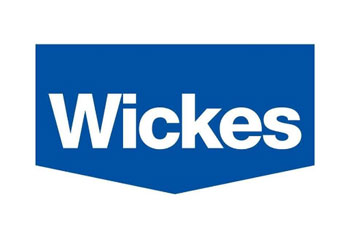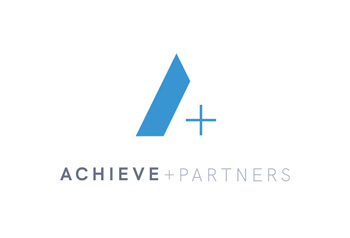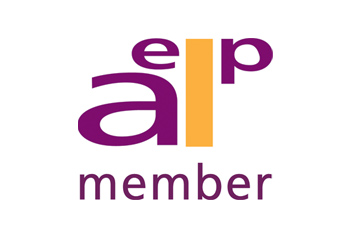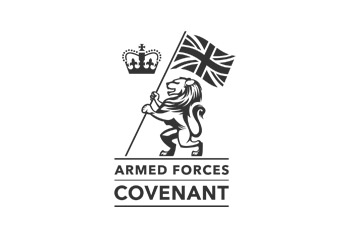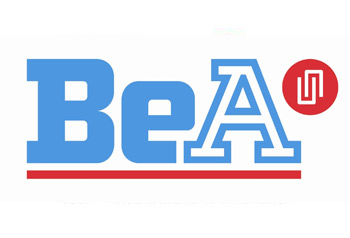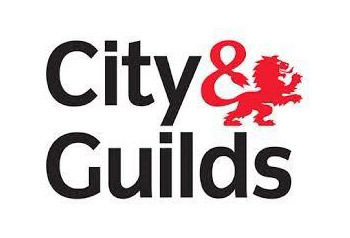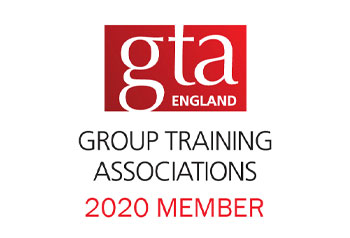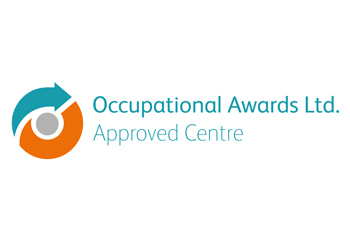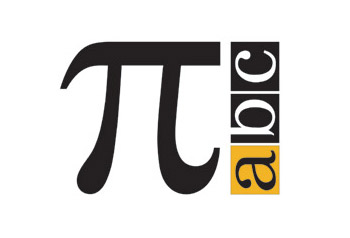TES FE editor Stephen Exley explains what the new Post-16 Skills Plan, resulting from the Sainsbury review of technical education, will mean for colleges, training providers and schools
Plans for a radical overhaul of post-16 education, involving the creation of 15 new technical education pathways, are today being unveiled.
The wide-ranging reforms, announced by the Department for Education and the Department for Business, Innovation and Skills, are based upon the recommendations of an independent panel on technical education, chaired by Lord Sainsbury.
After they have completed their GCSEs, students will have to choose whether to take an academic or technical pathway. Under the latter, they can opt for either a two-year, college-based programme (including compulsory work experience), or an employment-based programme – most likely an apprenticeship. After this, they can progress to higher technical education, a degree apprenticeship or a higher apprenticeship.
The plans will replace what the government describes as the “current outdated system of more than 20,000 courses provided by 160 different organisations” with new “high-quality routes, with the content for those streamlined routes and standards developed and respected by employers”.
The first routes will be made available for students who sit their GCSEs in 2019.
In the Post-16 Skills Plan, published today alongside the Sainsbury panel’s report, skills minister Nick Boles writes: “We accept and will implement all of the Sainsbury panel’s proposals, unequivocally where that is possible within current budget constraints.”
What changes are on the way?
Here are the key points from the 34 recommendations made in the report:
- At the age of 16, students will have to choose between the “academic option” – comprising A-levels leading to an undergraduate degree – or the new “technical option”. This will signal the end of 16-18 students being able to opt for a mixture of academic and vocational qualifications, and is likely to lead to greater specialisation in individual providers and schools. For learners, however, there will be the option of switching between the two routes after completing A-levels or equivalent qualifications.
- In the “technical option”, students will embark on one of 15 technical education routes: agriculture, environmental and animal care; business and administrative; catering and hospitality; childcare and education; construction; creative and design; digital; engineering and manufacturing; hair and beauty; health and science; legal, finance and accounting; protective services; sales, marketing and procurement; social care; transport and logistics.
- Within each route, learners can – following a transition year or traineeship for those “not ready to access a technical education route at age 16” – choose between a two-year, college-based programme (including compulsory work experience), or an employment-based programme, such as an apprenticeship (including at least 20 per cent college-based provision). Older learners will also be entitled to take these programmes.
- Each college programme will include a “common core” of English, maths and digital skills, as well as “specialisation towards a skilled occupation or set of occupations”.
- After this, the pathways lead on to either level 4 or 5 higher technical education programmes, degree apprenticeships or higher apprenticeships. There will also be the option in some cases of taking “bridging provision”, leading to an undergraduate degree.
- The new Institute for Apprenticeships will see its remit expanded to encompass “all of technical education at levels 2 to 5”. It will be responsible for bringing together expert groups to set the content and standards for each of the 15 routes.
- The report calls on the institute to review all existing apprenticeship standards “at the earliest opportunity” to ensure there is “no substantial overlap”.
- Each qualification at levels 2 and 3 will be awarded by a single awarding body or consortium “following an open competition”, rather than the current market, which sees awarding bodies competing with one another. There will be one qualification for each occupation (or cluster of related occupations).
- There will be a single set of “exit requirements” of minimum standards in maths and English for both college and work-based provision. Each college student will be required to complete a “high-quality, structured work placement”, and complete a logbook to demonstrate what tasks they have undertaken and what they have learned.
